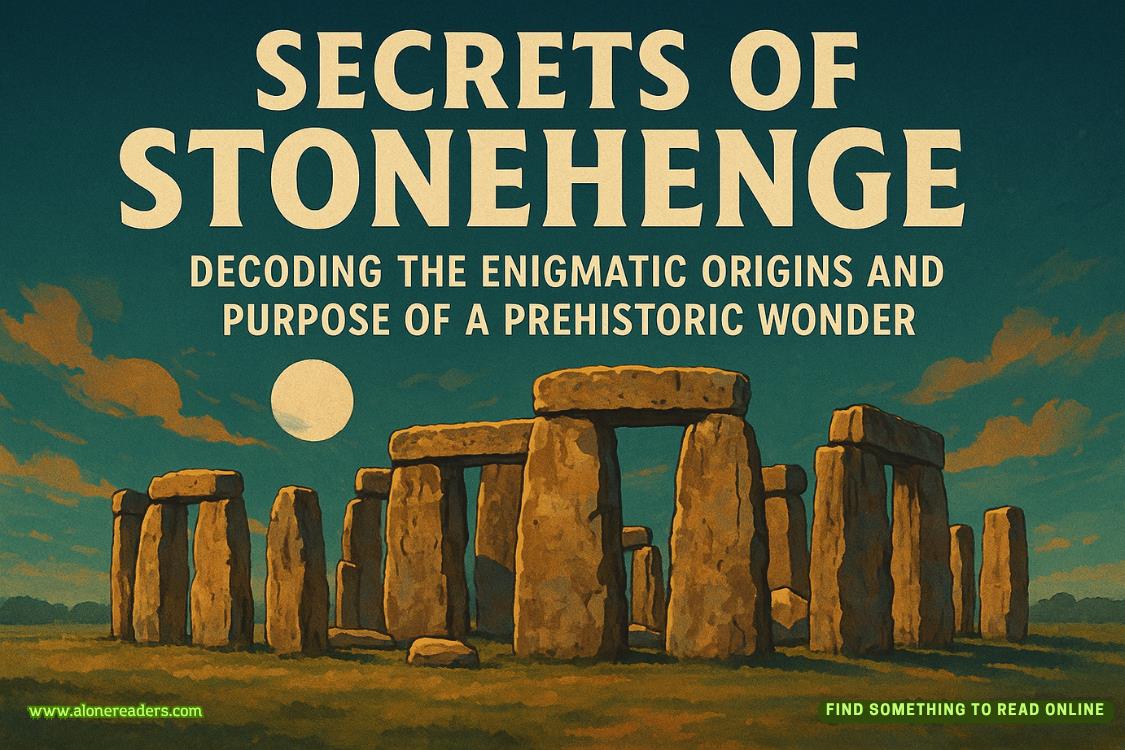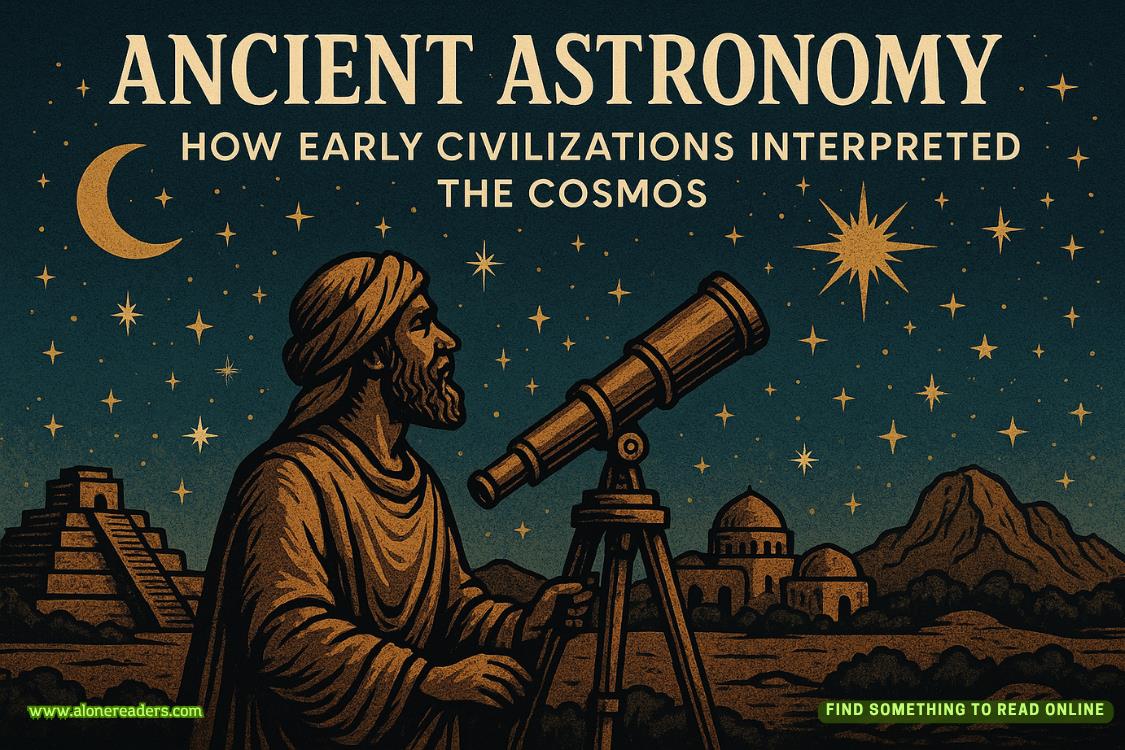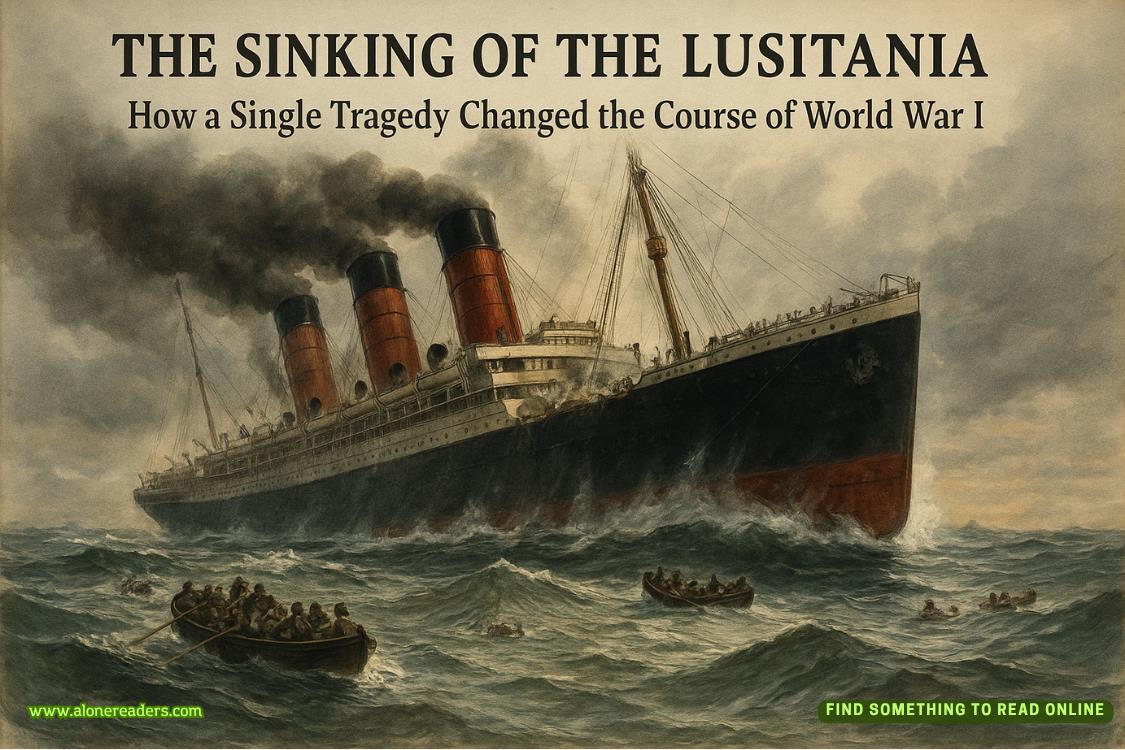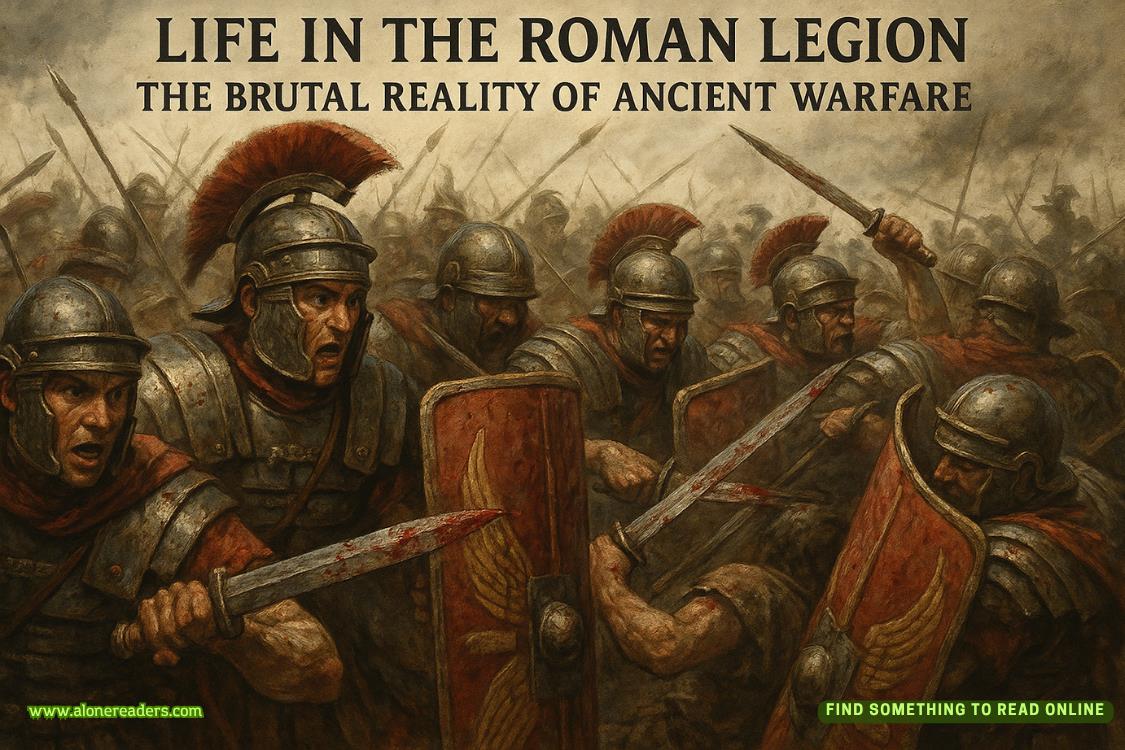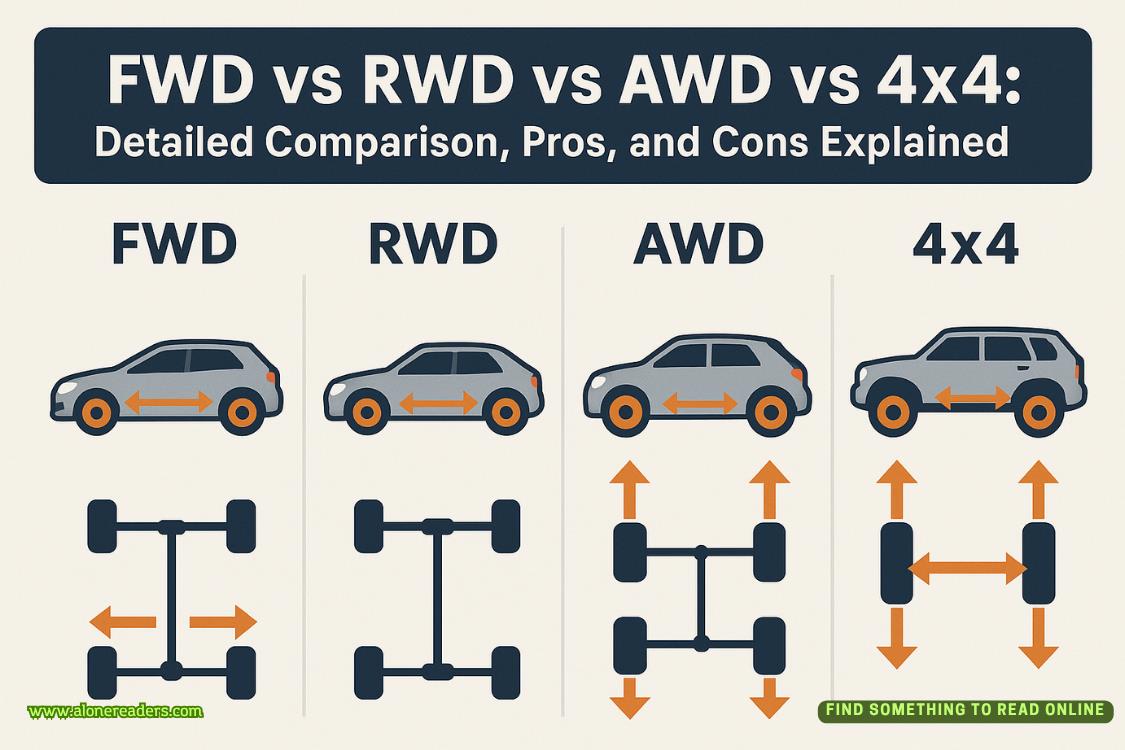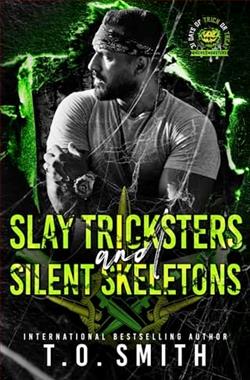Page 43 of The Texas Murders
“The most recent one has only been gone a few days,” I say. “Not as long as you were missing. If whatever happened to you is also happening to her, then she might still be alive. We might still be able to save her. Are you sure there’s nothing you can tell us?”
CHAPTER 35
ISABELLA LOOKS LIKE she’s on the verge of a panic attack. Her limbs are trembling, her breathing is rapid and erratic. Her eyes have become moist with tears that threaten to overflow and spill down her cheeks. She closes her eyes and puts her head in her hands—as if blocking everything out and trying to focus on her memories.
Carlos, Ava, and I exchange looks. I can tell from Ava’s expression that she doesn’t want to push Isabella any further. She wants to end the interview, but Carlos raises a hand with his index finger extended. The meaning is clear—let’s wait a moment longer and see what happens.
As uncomfortable as this might be for Isabella to face, the life of at least one woman—and maybe more—depends on her memory. Any clue could give us the lead we need in order to break open the case.
Isabella balls her fists up in her hair and squeezes her eyes tightly shut, as if focusing hard might open memories that have been inaccessible. She’s clearly gone from feeling scared to feeling angry.
Finally, she opens her eyes and slaps her hands down on the table. “I can’t,” she says, exasperated. “I just can’t. There’s nothing in my memory. It’s all blank.”
Ava, Carlos, and I all indicate that it’s okay, that she doesn’t need to strain herself anymore.
“We’re sorry we had to put you through this,” I say.
Ava asks that if Isabella does remember anything—no matter how irrelevant it might seem—would she please let us know?
“Of course,” she says, offering us a sad smile. “I wish I could help. I really do.”
Ava walks her to the car while Carlos and I wait in the lobby. After a minute, Isabella is smiling again, and I wonder if we made a mistake with all three of us trying to interview her. Maybe Ava had been right and she should have talked to her, woman to woman, Tigua to Tigua.
When Ava returns to the station, we spend a few minutes talking about the interview and how disappointed we are that it didn’t give us any new leads. But we don’t dwell on our setback. We push ahead.
Ava has developed a plan for the three of us to take care of the out-of-state interviews and investigations we’ll need to conduct. She figures we can split into two groups, one to head east to Houston and the Kickapoo reservation to interview asmany people as possible associated with the missing woman from that area, Tina White Wolf. The other group will head to southern Colorado to learn about the disappearance of a woman named Chipeta Tavaci, and then swing west over to Flagstaff, where we can talk to family members of the recently vanished Fiona Martinez. Because the Colorado-Arizona team will be conducting interviews about two women, and whoever goes east to the Upper Gulf Coast area will only be researching one, Ava recommends that she and I head north while Carlos stays in Texas.
“If we split up into two groups,” she says, “it will only take three or four days, and we’ll have a much better understanding about the circumstances surrounding all of these missing women.”
“Why don’t we split into three groups?” I ask. “Then it will go even faster.”
But Carlos agrees with Ava. As Texas Rangers, he and I can travel out of state without much trouble. We just have to notify the police agencies wherever we travel, and because of the badge we wear, we won’t get much pushback. But when it comes to county or city police, Ava might not get the same kind of cooperation. On the flip side, Ava might be able to get further than I can when it comes to working with tribal police in other states.
As it turns out, Ava and I need each other.
With a Texas Ranger and a tribal policewoman, we should be able to get reasonable cooperation regardless of whether we’re dealing with state, county, or tribal police. Meanwhile, Carlos will go to Houston and the Kickapoo reservation. Hismom was a full-blooded Kickapoo—his father Comanche and Mexican—and he knows that part of Texas well.
“When should we leave?” I ask.
“How about bright and early tomorrow?” Ava asks.
“Why wait?” Carlos says. He checks his watch. “We could be on the road by noon.”
CHAPTER 36
CARLOS TAKES MY truck, and Ava and I drive one of her tribal police SUVs. We take I-10 to I-25 and head north through New Mexico, talking very little. There isn’t any uncomfortableness between us—at least as far as I can tell—but Ava isn’t a particularly talkative person. We discuss the cases some, both the eagle feather case and Marta Rivera’s situation, but otherwise we ride in silence.
I call Ryan Logan to update him on our whereabouts. I also inquire to make sure that Fiona Martinez wasn’t among the women at the warehouse or the brothels. I already know the answer, since in my heart I’m confident the eagle feather victims are part of a different case, but I need to make sure. He listens professionally, but when I ask him if there’s any news about Marta Rivera, he says, “Why don’t you and your pals keep looking into those eagle feathers and let us worry about the trafficking victims.” He says this with an air ofsuperiority that raises my blood pressure, as if he and his men are doing the important work and the three of us are off on some wild goose chase.
I try to convince myself that a whole battalion of law enforcement officials are looking for Marta and that I should feel confident that they’ll find her. I feel myself torn between two cases. Iknowthis case is important, but I also wish I could be searching for Marta.
Outside the window, the New Mexico countryside rolls by: brown hills dappled with sagebrush, rocky buttes rising from the earth, vast swaths of land without a human structure in sight besides telephone poles and electrical towers. The sky is blue from horizon to horizon without an ounce of humidity to dull the brilliant hue.
We stop for the night in Santa Fe, getting separate rooms at a hotel near the plaza. After a short break, we meet up and find a restaurant with a balcony overlooking the town square. The adobe buildings are full of art galleries and restaurants, and the area is bustling with tourists. A shaded walkway is full of Native American artisans sitting on rugs, selling jewelry and crafts.
New Mexico has its own style of food—different from traditional Mexican or the Tex-Mex I’m used to—and I enjoy my bowl of green chile stew, a side of enchiladas, and especially the sopapillas and honey served after the meal.
Bored with our lack of conversation—I might be the strong silent type by some standards, but Ava takes it to another level—I ask my companion how she met Marcos. She explains that she’s known him since she was in highschool, but they only started dating when she returned to the Pueblo to start working for the tribal police.
